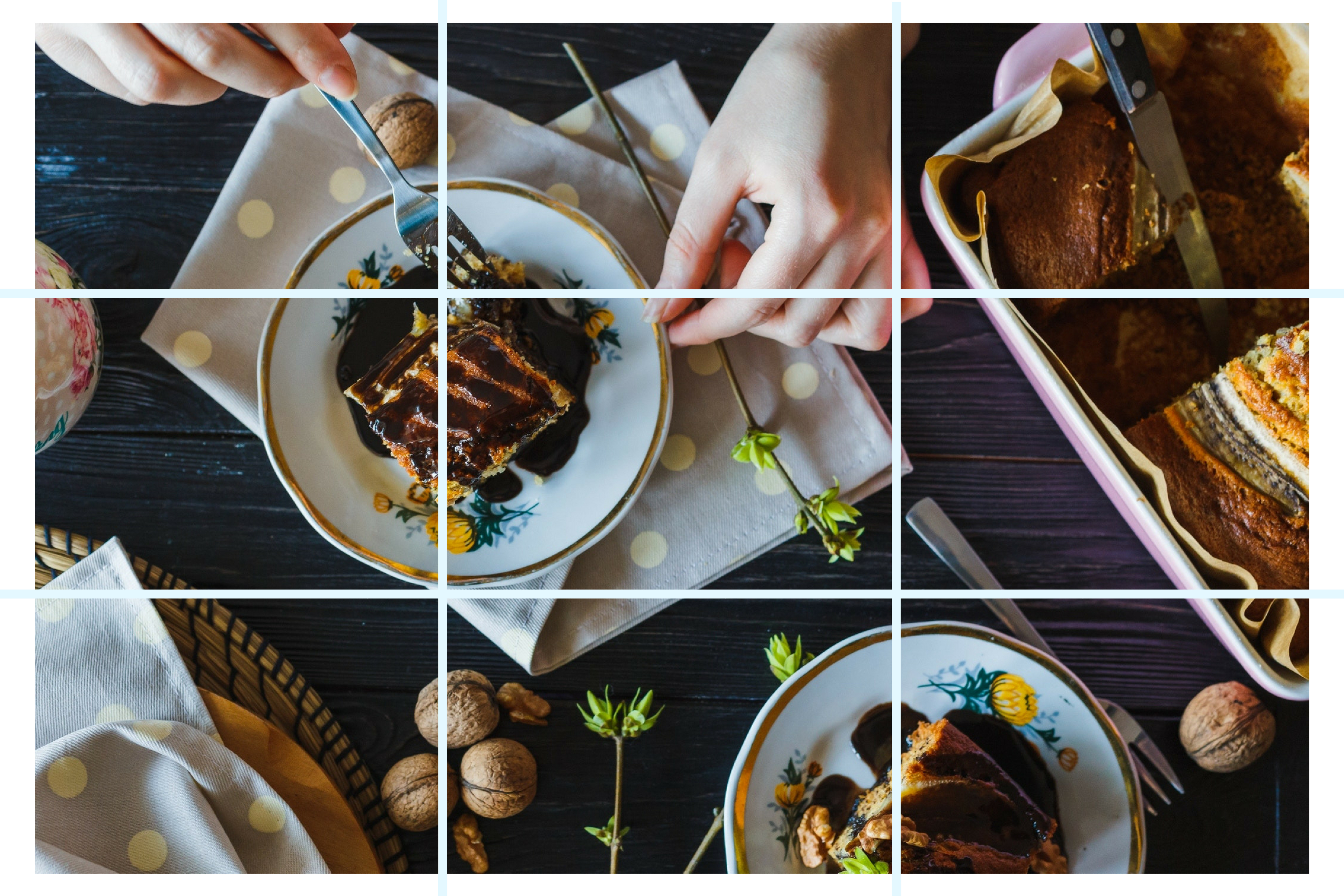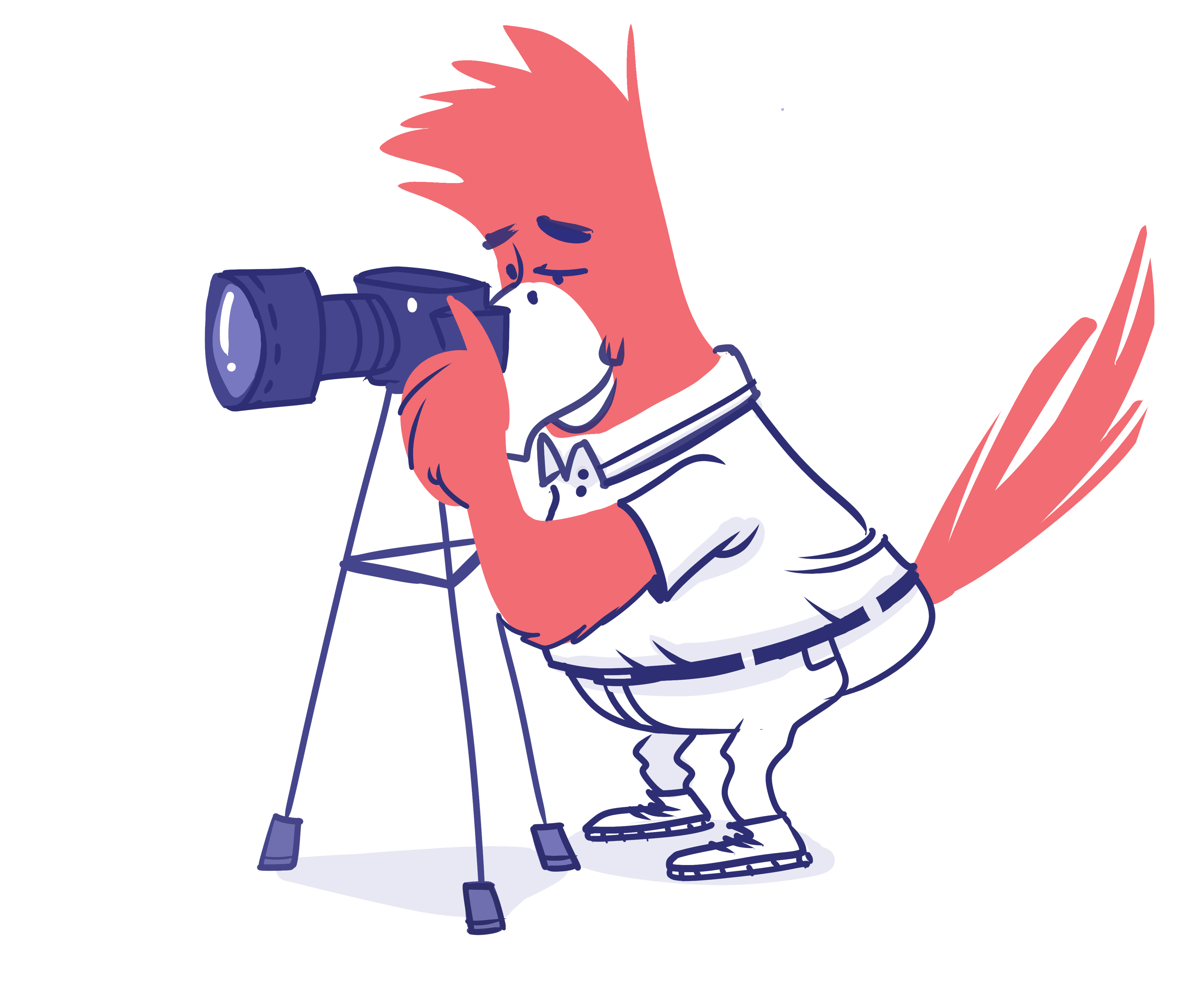Learning the basics of photography, like lighting, composition and camera settings, benefits business owners across industries. Whether you need to take quality product photos, want to veer away from stock images or wish to humanize your brand with fun, behind-the-scenes snaps, these tips will help you maximize your camera skills.
Harness natural light

The science that makes photography possible hinges on light. To whittle photography down to the simplest concept, a camera records the pattern of light for the split second after you click the button and then translates that light into an image. So, it makes perfect sense that how you light a scene, person or object makes a huge impact on the finished photo.
Tips and ideas:
- Natural light makes three-dimensional objects pop without harsh contrast. Plus, it’s free. Utilize it whenever possible.
- Shoot outdoors during the first two to three hours after sunrise or the two to three hours before sunset. During this time, the sun is low in the sky, creating softer shadows and illuminating people, objects and landscapes in a forgiving glow.
- Take photos indoors in a bright, sunny room, but pay attention to how the light hits the subject from all angles. In a room with one large window, you may need to place a piece of white foam core or a sheet on the side of the object farthest from the window to even out the light. When the room is too bright, hang sheer pieces of white fabric over the window(s) to soften the glare.
- When natural light isn’t an option, take advantage of a light box. Available in a range of sizes that sit directly on the floor or a table, they make taking consistent product photos a cinch. Or, just make your own:
Set the scene

Once you’re in a well-lit place, it’s time to start considering composition. Choosing a background (if applicable), settling on props and finding the right angle to shoot from takes a lot of trial and error. Err on the side of simplicity, but don’t be afraid to get creative.
Tips and ideas:
- A white, plain background is the go-to for product photos. It makes maintaining consistent light a breeze and eliminates distractions. But, it doesn’t work for all brands. Consider textured backgrounds, like a slightly rumpled piece of fabric, wood table or stone countertop.
- Don’t be afraid to use props. But, avoid clutter. The focus should always be on the subject you’re shooting, whether a person or object. When photographing a bottle of perfume, adding a few petals around it makes the object pop. But, surrounding it with a jumble of wildflowers and gaudy baubles takes attention away from the primary subject.
- Move around when you’re shooting! Seasoned photographers hop up on tables, lay on the ground, and crouch into yoga-esque poses just to find the perfect angle.
- Know the rule of thirds. When looking at a scene, imagine that there are two horizontal lines and two vertical lines creating a grid over the image. The point in the scene you want to have the most focus on should hit roughly at one of the points where a horizontal and vertical line meet.

Understand manual settings

Familiarizing yourself with your DSLR’s or smartphone’s manual settings gives you more control over the style and quality of your photos. Newer smartphones and photo apps offer the same basic manual setting options as a DSLR, but typically in a smaller range.
Tips and ideas:
- Adjust the focus of a photo by raising or lowering the f-stop setting. Higher numbers equal sharper images, while lower numbers focus the camera directly at the subject and blur the background.
- Use the ISO setting to brighten or darken a photo. Lower it if you’re shooting in a super-bright room and raise it when working in darker spaces. But beware: The higher the ISO setting, the fuzzier a picture gets.
- Change your shutter speed based on what you’re photographing. Capturing an action scene, like employees running in a charity race? Increase the shutter speed to get a crisp shot. Photographing still objects? Drop it down a bit. The lower the shutter speed, the more light that hits the sensors in your camera. This is great for shadowy rooms but can result in blurry photos if you’re working in a bright space.
Case in point: The below image would be impossible to capture if the photographer hadn’t utilized manual settings.

For even more creative control, consider adding a few lenses to your kit. Check out Gizmodo’s piece on DSLR lenses and Enlight App’s favorite smartphone lenses.
**Professional photographers spend their entire careers honing their craft, so don’t expect to achieve gallery-level photos in a few days. Practice, experiment and, most importantly, keep shooting to show off your business in the best, most authentic light possible. **




